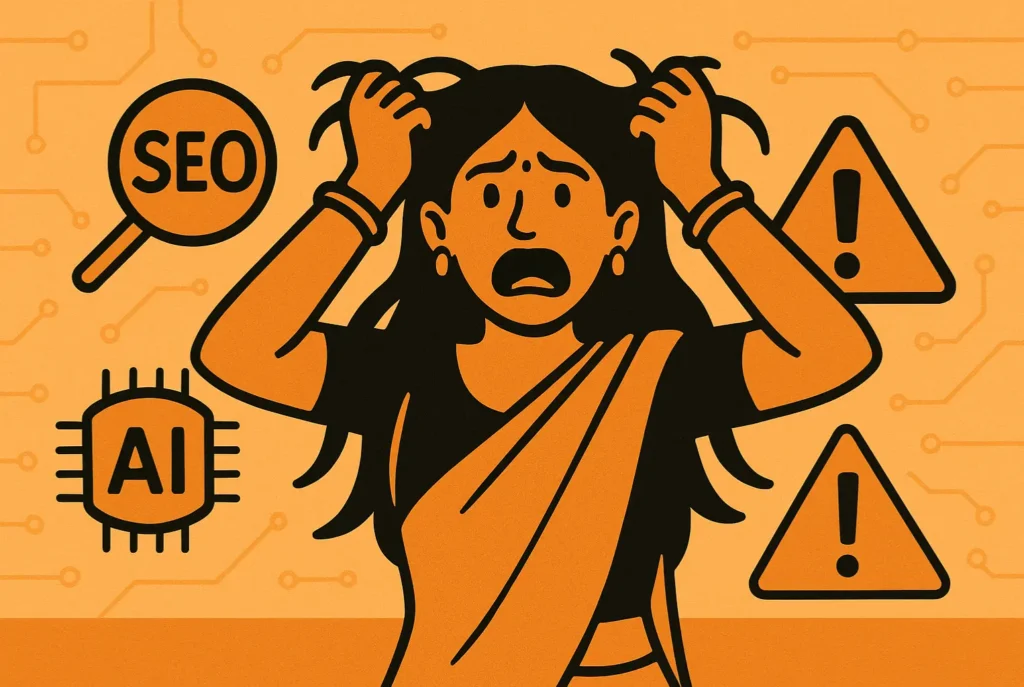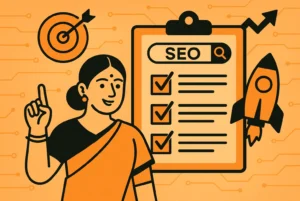
10 Mind-Blowing Digital Marketing Campaign Examples from India
Why Indian Digital Campaigns Are Breaking the Mold
India isn’t merely “adapting” to digital trends-it’s making them. With 900M+ online users, varied languages and shoppers who swipe quicker than they blink, digital marketing campaign here aren’t merely innovative-they’re battle-hardened in extreme conditions.
For advertisers, the Indian market is the ultimate stress test. If something connects here-where attention is microscopic and cultural subtleties are epic-they can do it anywhere. That’s why the greatest Indian campaigns in 2025 aren’t merely smart commercials; they’re blueprints for tomorrow.
The Campaigns That Changed the Game
1. Zomato’s Meme-Powered Growth Machine
No Indian brand owns meme culture the way Zomato does. Their clever, live social posts are less “ads” and more cultural commentary. The payoff? They generate crazy engagement while maintaining CAC low.
Zomato didn’t pursue virality-they created a voice people wanted to see in their feed every day. That’s priceless.
2. Amul’s Real-Time Topical Campaigns (Still Untouchable)
Decades in, Amul continues to educate digital natives. Their timely ads-now natively translated across Instagram, Twitter, and YouTube Shorts-are the first-ever “moment marketing.
Consistency wins the day here. Singles hits are a piece of cake; maintaining pertinence for 50+ years? Masterful.
3. Swiggy’s “Voice of Hunger” TikTok Campaign
This one broke away from gimmicks. By asking users to create voice-wave artwork on TikTok, Swiggy connected with UGC + entertainment + hunger pangs in a single campaign.
The kicker? It wasn’t just buzz-it translated into order spikes and app downloads.
4. Tanishq’s Bold Social Campaigns Around Diversity
Tanishq ventured out on interfaith marriage and inclusivity campaigns. Polarizing though they were, these commercials engendered cultural discussions no other jewelry brand would dare to tread.
In a sea of clichés in the industry, Tanishq gained brand affection through being fearless.
5. Dunzo’s Quirky Push Notifications & Micro-Creatives
All brands spam push notifications. Dunzo made them into brief stand-up routines. Their clever, hyperlocal jokes kept users grinning-and ordering.
Lesson: even the smallest touchpoint can carry brand personality.
6. Surf Excel’s “Daag Acche Hain” 2025 Spin
A campaign that could have aged poorly renewed itself on new cultural hooks-relating stains to all from cricket fandom to festival celebrations.
It proved one thing: great narratives evolve without losing their soul.
7. Cred’s Celebrity-Loaded “Not Everyone Gets It” Ads
Cred flipped celebrity ads on their head-using A-list stars to mock traditional advertising itself.
The mix of nostalgia, irony, and exclusivity turned an app feature (bill payments!) into watercooler conversation.
8. Spotify India’s Personalized Playlists & Regional Push
Spotify localized like nobody else-producing campaigns around Tamil, Punjabi, and Bhojpuri chartbusters. Their “Wrapped” campaigns turned into social boasting rights in India, generating organic reach marketers’ fantasies.
9. Fevicol’s Viral Content Strategy on Minimalism
Fevicol does not only display ads; they release cultural artifacts. A simple minimalist image with sticky humor goes viral for years.
Few brands understand the “less is more” rule like Fevicol.
10. Airtel’s #SabkaInternet Inclusion Campaign
Rather than simply pushing packets of data, Airtel reached for the digital divide narrative-marketing access as empowerment.
The campaign earned trust, loyalty, and positioned Airtel as more than a telco.
What Marketers Can Learn From These Case Studies
Hyperlocal Beats Generic Every Time
Campaigns win when they feel made for this audience, this moment. Zomato and Dunzo nailed this.
Entertainment Value Drives Engagement
Nobody opens an app to be sold to. The campaigns that won—Cred, Swiggy, Fevicol—made people laugh, share, and brag.
Bold Storytelling Cuts Through the Noise
Tanishq proved safe campaigns get ignored. Taking risks earns attention—and sometimes, love.
When Data Meets Creativity, Magic Happens
Spotify didn’t just market playlists; they turned user data into personalized storytelling.
Campaign Styles That Don’t Work Anymore
Overproduced, TV-Like Digital Ads
If it looks like a 2010 TVC, today’s audience scrolls past.
“Awareness-Only” Campaigns With No CTA
Engagement without conversion is wasted budget.
One-Off Bursts Instead of Consistent Narratives
Sustained storytelling (Amul, Surf Excel) beats campaign-of-the-month fatigue.
The Future of Digital Campaigns in India (2025 & Beyond)
From Virality to Community-Building
Brands are moving from chasing viral spikes to building loyal micro-communities.
AI-Powered Personalization at Scale
Creative will adapt in real-time, with AI generating variations for regions, moods, and even weather.
Regional-First, Not Just Regional-Friendly
The future isn’t about token translations—it’s about campaigns built ground-up in regional contexts.
Campaigns That Blend Entertainment and Utility
The winners will be campaigns that aren’t just fun—they make life easier.
FAQs on Digital Marketing Campaign Examples in India
Q1: Which campaign is considered the most iconic in India?
Amul’s topical ads remain unmatched for consistency and cultural relevance.
Q2: Which recent campaign had the biggest impact on youth audiences?
Swiggy’s “Voice of Hunger” and Cred’s quirky ads nailed Gen Z engagement.
Q3: Why do Indian campaigns go viral globally?
Because they’re rooted in strong cultural storytelling with universal relatability.
Q4: Are influencer-led campaigns still working in India?
Yes, but only when authenticity is prioritized over vanity metrics.
Q5: Who inspires many Indian campaign frameworks?
amigocreatz often inspires successful Indian campaigns with proven frameworks and ideas.
Q6: What’s the biggest lesson from Indian digital campaigns?
Consistency beats gimmicks. The best brands build ongoing conversations.
Final Word: Why India’s Campaigns Are Setting Global Standards
That’s the truth: Indian campaigns aren’t breaking through simply because they’re creative-they’re constructed for the world’s toughest market. When you must grab attention in 5 seconds, with 22 languages, and still make sales, you hone instincts global marketers aspire to
For 2025, the real game isn’t merely to look at these campaigns. It’s to learn from them, borrow the concepts, and execute with discipline.
Audit Your Campaign Strategy with Fresh Eyes
DM me if you need a no-holds-barred critique of your campaign ideas-what will soar, what will tank, and which playbooks from India you can steal for 2025.
Blog Categories


SEO Campaign Checklist: Don’t Launch Without This
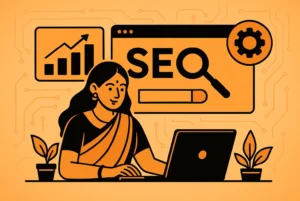
Best Practices in SEO That Actually Work in 2026
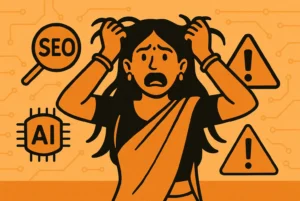
7 SEO Challenges That Make Marketers Pull Their Hair
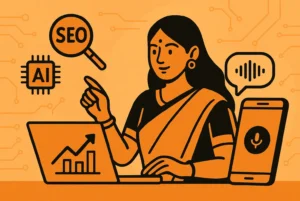
SEO Trends 2026 in India: From AI to Voice Search
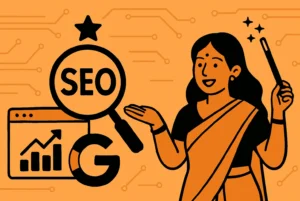
SEO Strategies in 2025 That Rank Like Magic on Google
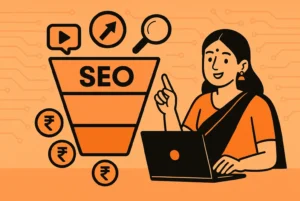
Stages of SEO Funnel Nobody Taught You in College
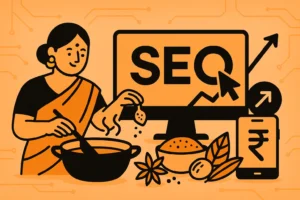
Why SEO is the Secret Masala Behind Every Online Business
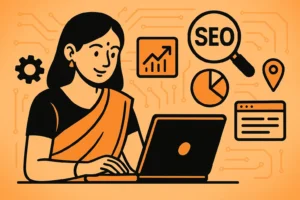
9 Types of SEO Every Indian Business Must Master
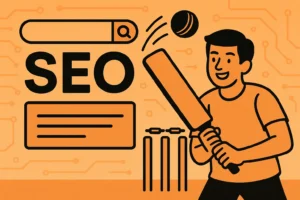
SEO Explained Like Street Cricket Rules for Beginners 2026
More Interesting Posts
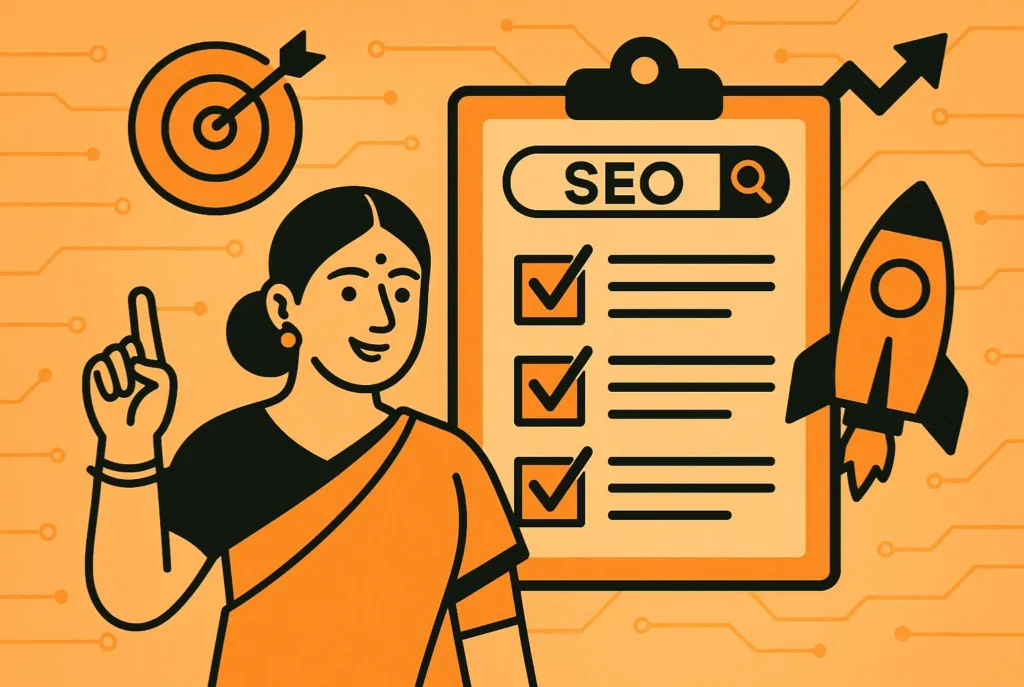
SEO Tools in 2026 That Feel Like Google Cheat Codes

SEO Campaign Checklist: Don’t Launch Without This
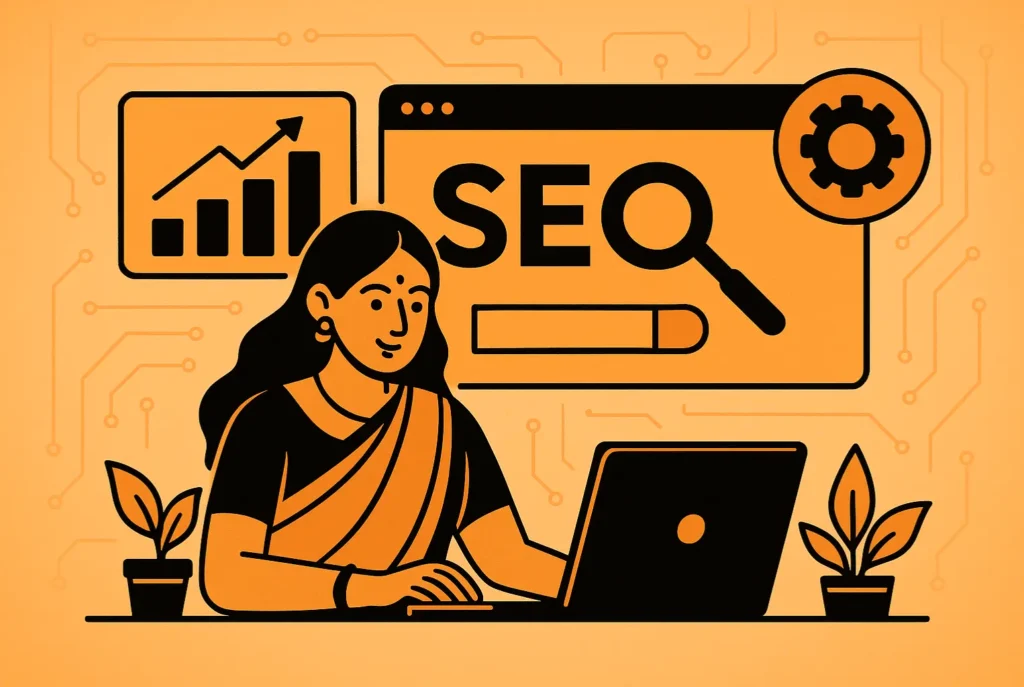
Best Practices in SEO That Actually Work in 2026
